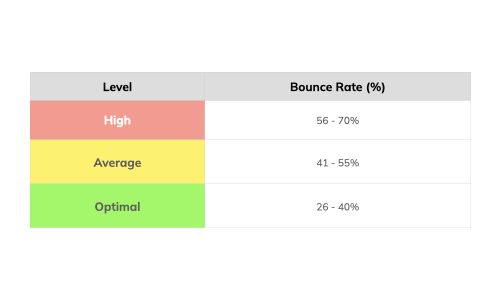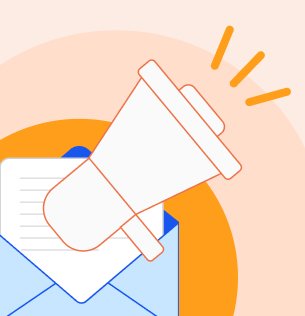Alongside average session duration and number of pages visited in a session, Bounce Rates are important metrics that brands can use to gauge the level of interest that visitors have on a webpage, product, or service.
Reducing your Bounce Rate can be pivotal in aiding your user experience, user engagement, website rankings on search engines, and also adding more money into your pocket!
But what exactly does Bounce Rate mean in the world of digital marketing? How can you reduce it to make sure that your brand is giving your visitors the best experience possible when browsing your website for your product or service?
Bounce Rate: Definition
According to Google, Bounce Rate is defined as:
“a single-page session on your site. In Analytics, a bounce is calculated specifically as a session that triggers only a single request to the Analytics server, such as when a user opens a single page on your site and then exits without triggering any other requests to the Analytics server during that session.”
In short, this means that users enter your website and exit almost immediately without exploring your website any further.
Whilst it may be relatively straightforward in terms of definition, the underlying causes of a high bounce rate are more complex due to a range of factors that affect your website and user experience.
7 Proven Ways to Reduce Your Bounce Rate!
1. Implement mobile-first designs
Did you know?
In 2022, 88.79% of Malaysians own a smartphone.
Statista (2022)
With the growing popularity of smartphones and mobile devices in general, it is pivotal for your website to be navigable and user-friendly on various devices. Hence, be sure to adopt a mobile-first approach to your designs. This means making sure that your website can be explored across many different screen sizes.
2. Improve your page load speed
No one likes long waits, especially when it comes to waiting for your webpage to load.
Your hard work spent on curating content won’t matter if your visitors aren’t able to see it almost immediately. Page load speed is especially important when it comes to mobile devices as mobile users are more likely to become frustrated.
As such, keep it as a rule of thumb to load your page within 3 seconds.
3. Use internal linking
Try keeping your visitors longer on your website with an effective internal link strategy. This means connecting your content purposefully with other sections of your website so that your visitors can explore your website further.
4. Don’t have any broken links
Broken links can be the bane of any website. Whilst it is unlikely to have zero broken links on your website, a large number of them will create a poor user experience. The last thing you would want your visitors to have is a bad impression of your website and your brand, especially when they are unable to locate content that they have been searching for.
To discover if your website has any broken links, you may use tools such as Google Search Console or Screaming Frog.
5. Make sure you have the right audience
It is important to identify your core audience of your website and curate the content of your website to that core audience. Relevant keywords and content should be used throughout your website to increase your chances of getting visitors who are really interested in your product and service.
This would mean that visitors are likely to be more engaged with your content, hence will likely spend more time browsing the content on your website.
6. Keep your paragraphs short
Readability is an easy way to win the hearts of your visitors. After all, no one wants to be greeted by a wall of text the moment they visit your website.
Pay closer attention to the length of your content. Better yet, breaking down your points with bullet points or numbering can also increase readability. Shorter content will also be optimal for those using mobile devices whilst browsing your website.
7. Use more than 1 format of content
Utilising more than 1 format of content can increase readability on your website! For example, tutorials or how-to’s are best explained through videos. Moreover, infographics and images can help explain statistic-heavy content or complex concepts.
When you keep your visitors engaged via various formats of content, your message gets across a lot clearer and you can also decrease your Bounce Rates!
What's next for you?
Increasing your visitor’s engagement rate with your website is a good way to get those bounce rates down! This can also be done via simple animations, or placing call-to-action buttons purposely throughout your website to get your visitors to take action. Here is a table of what the industry considers a good bounce rate:


A/B Testing is a low-risk and high-reward way to reduce your bounce rates. By implementing incremental changes, you run a lower risk of a huge drop in conversion rates, which means you can kill two birds with one stone: Keep your conversions up, and also find out what works for your audience!




